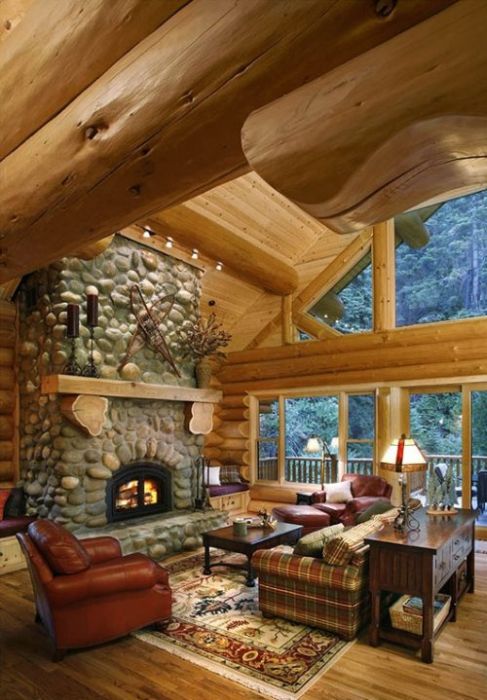|
|
Log Cabin House
|
Traditional log buildings in North America
Log cabins were built from logs laid horizontally and interlocked on the ends with notches (British English cog joints). Some log cabins were built without notches and simply nailed together, but this was not as structurally sound. Modern building methods allow this shortcut.
The most important aspect of cabin building is the site upon which the cabin was built. Site selection was aimed at providing the cabin inhabitants with both sunlight and drainage to make them better able to cope with the rigors of frontier life. Proper site selection placed the home in a location best suited to manage the farm or ranch. When the first pioneers built cabins, they were able to "cherry pick" the best logs for cabins. These were old-growth trees with few limbs (knots) and straight with little taper. Such logs did not need to be hewn to fit well together. Careful notching minimized the size of the gap between the logs and reduced the amount of chinking (sticks or rocks) or daubing (mud) needed to fill the gap. The length of one log was generally the length of one wall, although this was not a limitation for most good cabin builders.
Decisions had to be made about the type of cabin. Styles varied greatly from one part of the US to another: the size of the cabin, the number of stories, type of roof, the orientation of doors and windows all needed to be taken into account when the cabin was designed. In addition, the source of the logs, the source of stone and available labor, either human or animal, had to be considered. If timber sources were further away from the site, the cabin size might be limited.
|
|









